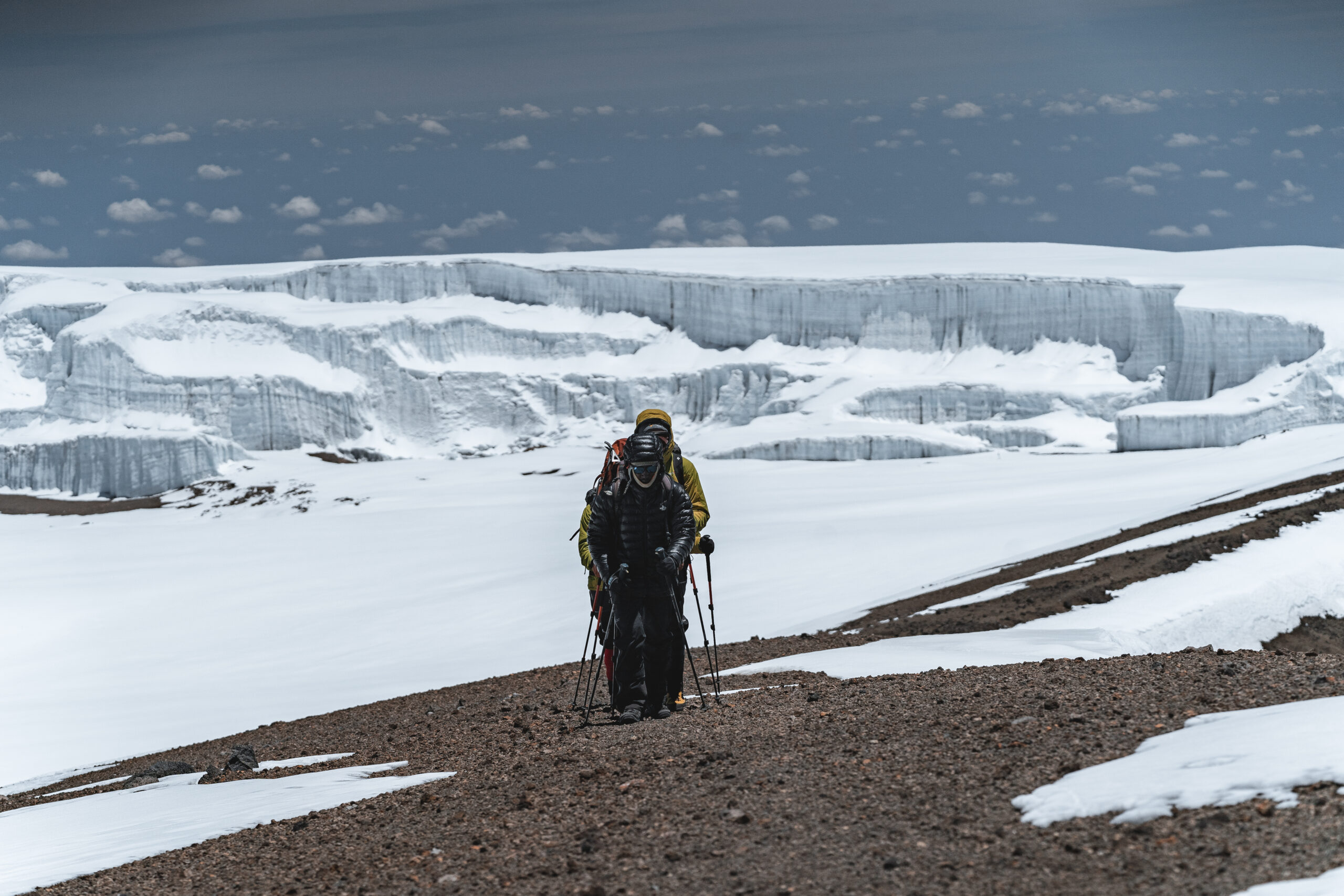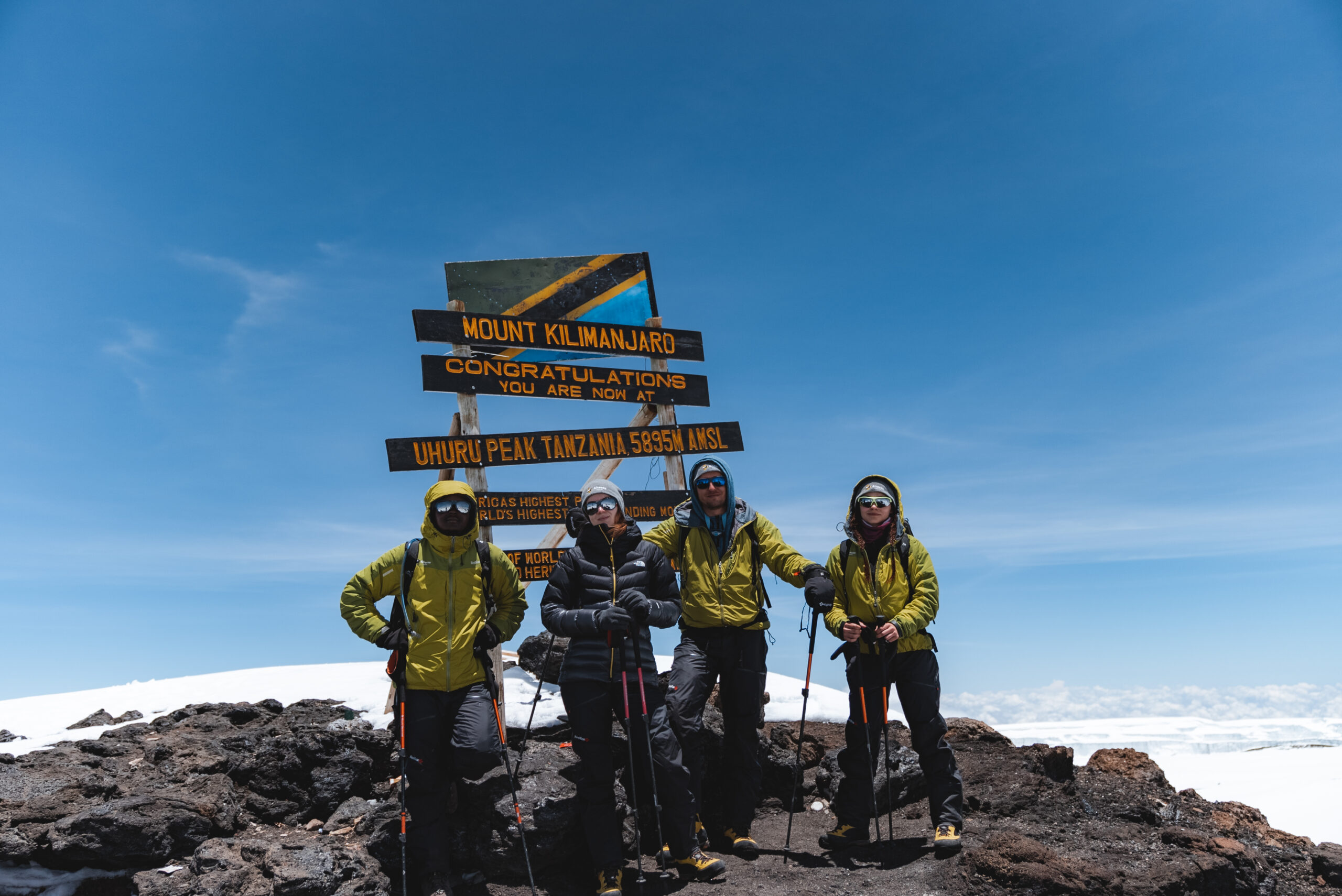Kilimanjaro, fondly known as the “Roof of Africa,” is a mountain that attracts adventurers and climbers from all corners of the globe. Topping out at an elevation of 5,895 meters, it may come as a surprise that Kilimanjaro is highly accessible, even for climbing beginners.
This article provides a guide for those eager to begin their climbing journey on this majestic mountain.
Prior Preparation
While Kilimanjaro doesn’t require technical mountaineering skills, preparing for this expedition is crucial. Regular cardiovascular exercises such as running, swimming or cycling can help enhance your overall fitness. Additionally, hiking in local hills or mountains with a backpack can simulate the trek and help your body adjust to the physical demands.
Remember, you’ll be climbing and descending for multiple days, so endurance is key.

Altitude Acclimatization
One of the biggest challenges on Kilimanjaro is dealing with altitude. The peak, Uhuru, is at a high altitude, and climbers can experience altitude sickness. To combat this, choose a route that allows for proper acclimatization.
The longer the route, the more time your body has to adjust to the altitude, enhancing your chances of reaching the summit.
Choosing the Right Route
There are several routes to the summit, each with varying difficulty levels and durations. The Marangu route, often dubbed the “Coca Cola route,” is popular among beginners due to its relative ease, hut accommodations and shorter duration.
For those seeking a more adventurous route, the Machame or Lemosho routes are excellent choices. While longer and more challenging, they boast diverse scenery and a higher success rate due to better altitude acclimatization. A noteworthy highlight of these routes is the Barranco Wall.

Marvin Derichs, an expert from Altezza Travel, shares that one of the highlights for many climbers on Kilimanjaro is indeed the Barranco Wall. Known as the “Breakfast Wall” because you tackle it after your first meal of the day, it’s a 257m scramble that rewards climbers with spectacular views and a true sense of achievement.
Although it may look intimidating, you need no technical skills to conquer it, just a head for heights and a good level of fitness.
Whether you choose the Marangu, Machame, or Lemosho route, each offers unique experiences and challenges that make climbing Kilimanjaro a truly memorable adventure.
Pack Smart
Packing the right gear is crucial. Essentials include good quality hiking boots, warm clothing, rain gear, and a good backpack. Don’t forget items like a hat, sunglasses, sunscreen, and a refillable water bottle. Remember, temperatures vary greatly on the mountain, so layering your clothes is a good strategy.
Before embarking on your journey, it’s important to do a thorough research on what to bring.
Choose a Reliable Operator
Hiring a reputable tour operator is one of the most important decisions you’ll make for your climb. It’s recommended to choose a KPAP (Kilimanjaro Porters Assistance Project) member, which ensures ethical treatment of porters. These operators follow strict guidelines to ensure the safety and wellbeing of their crew, enhancing the overall quality of your climbing experience.
To fully grasp their commitment to ethical practices, consider visiting their website to find more detailed information on how they safeguard porters’ rights.
Enjoy the Journey
Finally, it’s important to remember that climbing Kilimanjaro is not just about reaching the summit. Enjoy the unique flora and fauna, the stunning views, and the camaraderie with your fellow climbers. Reaching the top is an achievement, but the real victory lies in the journey.
With the right preparation, the appropriate gear, and a good guide, even beginners can conquer Kilimanjaro. It’s an adventure that offers a sense of accomplishment and memories that will last a lifetime. So tie up those hiking boots, and get ready to conquer the Roof of Africa!
Photos provided by the tour operator.
